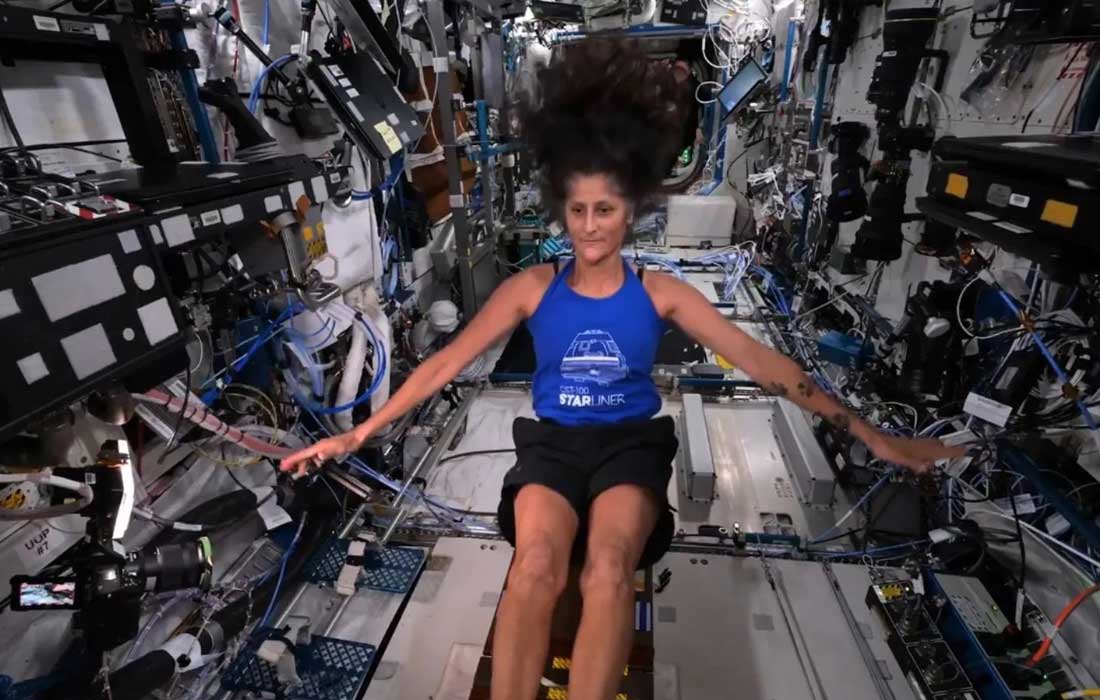Understanding how space affects muscle mass and bone density
Renowned astronaut Sunita Williams recently shared insights into the physical challenges of space travel, particularly how it affects the human body. Prolonged exposure to microgravity can lead to significant muscle mass and bone density loss, a phenomenon that astronauts must carefully manage to maintain their health during missions.
In the microgravity environment of space, the lack of resistance means that muscles are not used as they would be on Earth. This can lead to muscle atrophy, where muscle fibers shrink and weaken over time. Similarly, the absence of gravitational force affects bone density, causing bones to lose calcium and other minerals, making them more brittle and susceptible to fractures, as per the Indian Express report.
To counteract these effects, astronauts like Sunita Williams follow rigorous exercise routines, including resistance training and cardiovascular workouts, while in space. These exercises are crucial for maintaining muscle strength and bone health, ensuring that they are in good shape when they return to Earth’s gravity. Williams’ experiences highlight the importance of ongoing research to develop better strategies for protecting astronauts’ health during long-duration space missions
















